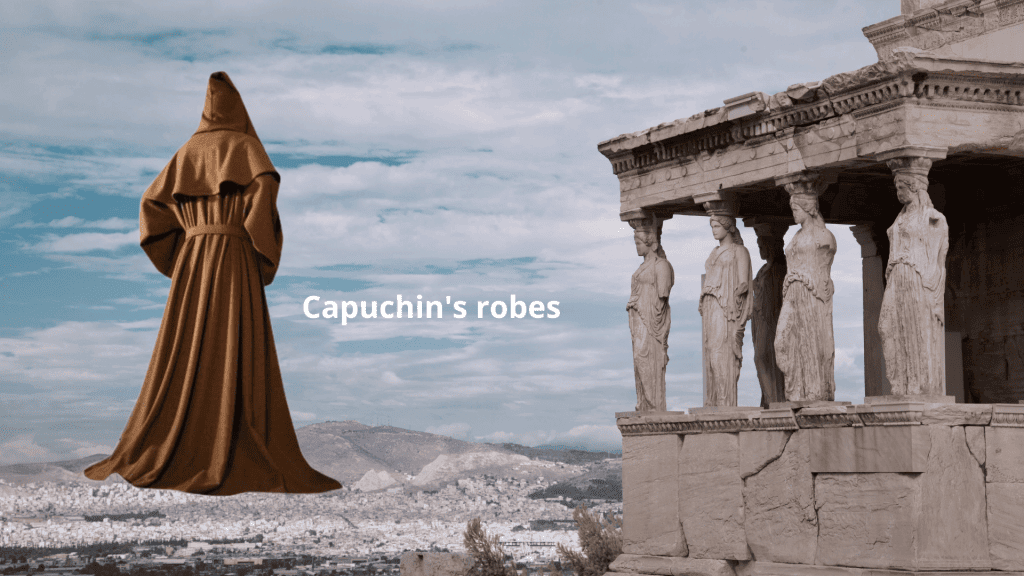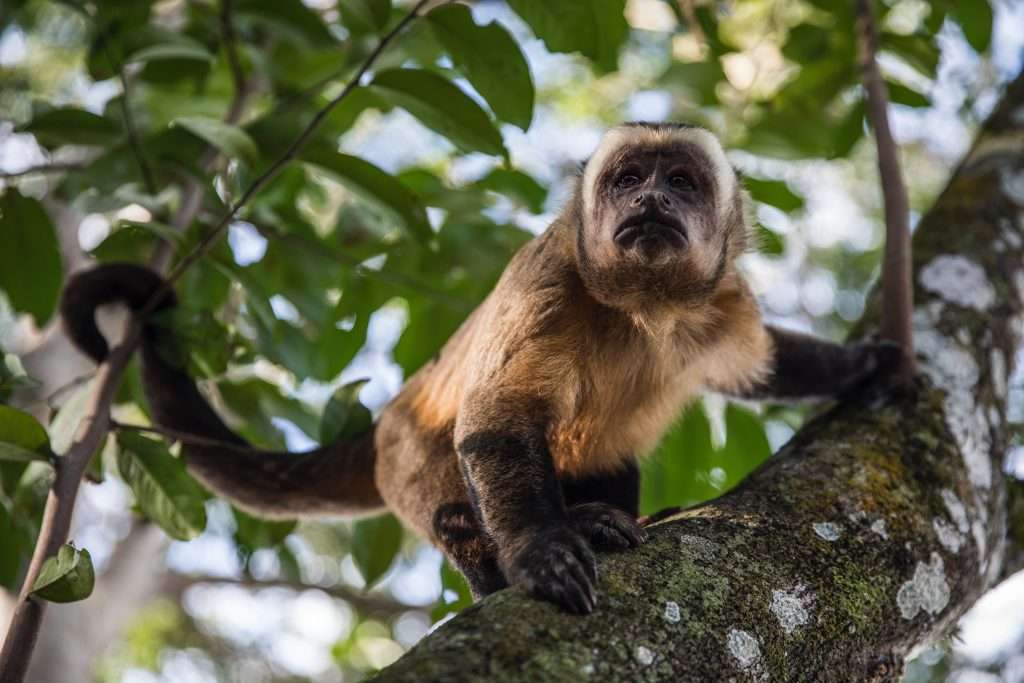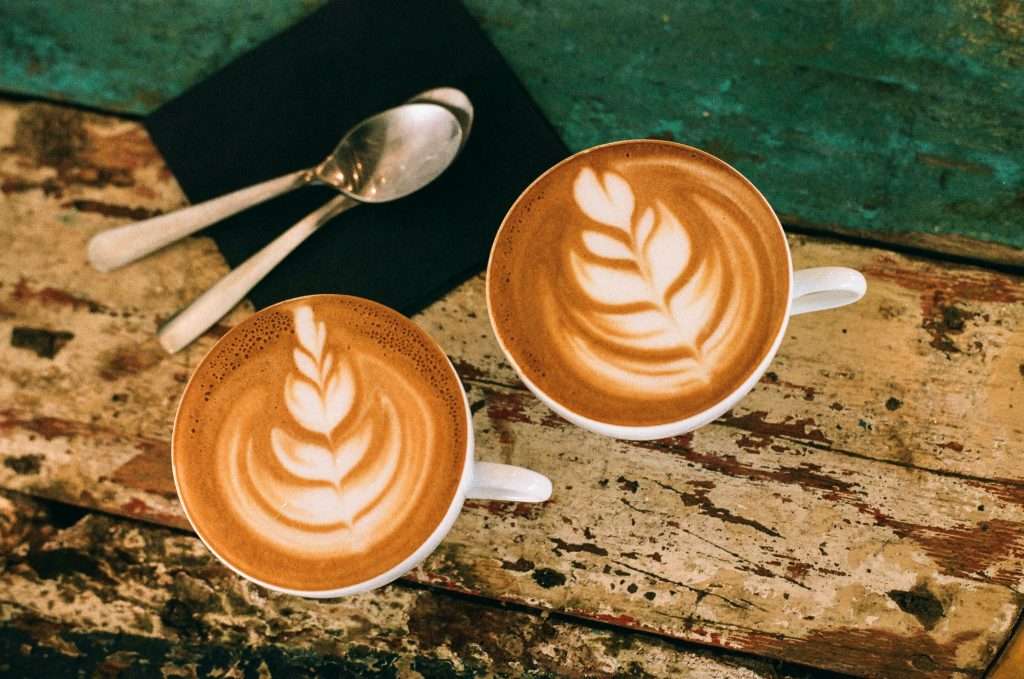“Un cappuccino, per favore!” I ordered a cappuccino in Italian at 3 p.m. Guess what happened next. Of course, no one served me a cappuccino after 12:00 am in Bel paese Beautiful country (another nickname for Italy according to Dante). Perhaps you’ve already seen this video that went viral on Instagram.
Voir cette publication sur Instagram
Une publication partagée par Rome 🇮🇹 Roma Travel | Hotels | Food | Tips (@rometravelers)
So, remember, never ask for a cappuccino after lunch in Italy. If you want one, you have to make it yourself. Let’s set that aside for a moment. Have you ever asked yourself why it’s called cappuccino?
If you speak French, you may notice the similarity in pronunciation between the words “Cappuccino” and “Capuchon”. Quite a coincidence, isn’t it? Let me explain more detail!
Why is it called cappucino?
‘Cappuccio’, the Italian word for ‘hood’, is the root of ‘cappuccino’. The “-ino” suffix in Italian is a diminutive, indicating ‘small’ or ‘little’. Another example is “formaggino,” which means “little cheese”. So, “cappuccino” roughly translates to “little hood,” a nod to the hoods worn by the Capuchin friars. But who are the Capuchin friars ?

Originating in the 16th century, the Capuchins were a reform movement within the Franciscans. As of the last count, the estimated number of Capuchin friars worldwide was around 11,000. The Capuchin friars were a Catholic religious order recognized for their distinct hooded robes.
The Capuchin monkeys and the cappuccino coffee both got their names from brown clothes worn by Capuchin monks. Their brown clothes look like the color of the coffee. So, we got the name “cappuccino”. The link between the monks’ hood and the coffee cup is strange. But, in Italy, people like their cappuccinos the same color as the monks’ hoods.

Now, let’s delve deeper. The word ‘cappuccino’ originates from ‘caput’, the Latin word for ‘head’. Other English words such as ‘capital’, ‘chapter’, ‘caption’, and ‘captain’ also share this root. Similarly, in other Romance languages like in French, we have examples like “capitale,” “décapiter,” “décapitation” etc. Pardon the horrible terms 🙏!
So, the next time you sip your cappuccino ☕️, bear in mind it’s not just a cup of coffee. It’s a piece of history, a tribute to the modest friars, and a testament to the evolution of coffee culture over the centuries. I hope you enjoy this short explain. Remember, when we learn a new language, we’re opening a new world of culture and history.
Ciao, a presto!
FAQ:
1. What type of milk for cappuccino?
The choice of milk for a cappuccino can vary based on personal preference, but generally, whole milk is used to get the best foam. Whole milk has a fat content that helps create rich, creamy foam.
However, you can also use semi-skimmed or skimmed milk if you prefer. There are also non-dairy options such as almond milk, soy milk, oat milk, etc. that can be frothed for cappuccinos, although the texture and taste may vary.

2. What is the difference between a cappuccino and a latte macchiato?
Cappuccino and latte macchiato are both espresso-based drinks with milk, but they differ in the ratio of these ingredients and the way they are prepared.
A cappuccino typically consists of equal parts of espresso, steamed milk, and frothed milk. The espresso is poured first, followed by the steamed milk, and then topped with a thick layer of milk froth.
On the other hand, a latte macchiato is mostly steamed milk, marked with a shot of espresso. ‘Macchiato’ means ‘stained’ or ‘spotted’ in Italian, so a latte macchiato is essentially ‘stained’ milk. It’s prepared by steaming milk first, then adding the milk froth, and finally the espresso is poured in the middle, creating a spot or stain on top.
So, the main difference lies in the amount of milk and the order of ingredients










This Post Has 2 Comments
Thanks for the explanation of differences between cappucino and latte machiatto, can be a bit confusing at times.
You’re welcome!